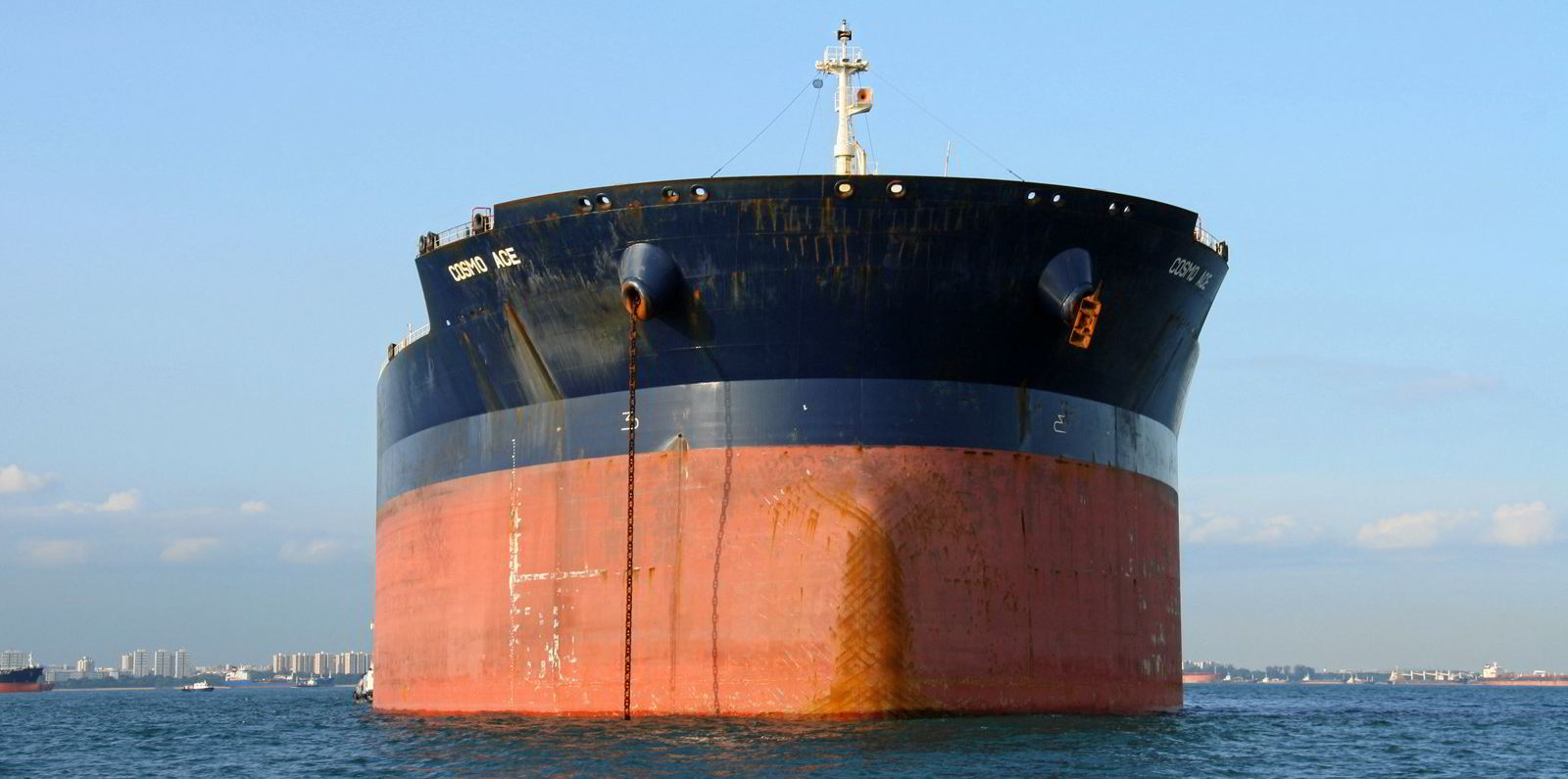Nearly six in 10 of all crude tanker voyages will be long or ultra-long-haul by 2026 in a boost for the earning prospects of VLCCs, according to new research.
The reshaping of global trade flows caused by Russia’s invasion of Ukraine is a key factor in the increasing voyage distances, said maritime research and forecasting consultancy Maritime Strategies International (MSI).
It has tracked steadily increasing voyage distances since 2010, when just 44% were what it classified as long or ultra-long.
Some 54% were at least long-haul in 2021, with the proportion expected to rise to 59% within the next four years.
“The outlook for the tanker sector is positive,” said MSI. It said there would be a “concerted increase” in voyage distances from 2023 as Europe’s Russian import ban on seaborne flows comes into effect.
The modelling assumes that European countries will continue to snub Russian crude into at least 2026, said MSI director Tim Smith.
The substitution of Russian crude by European buyers with Middle East and US supplies is contributing to the pattern of longer voyages, said MSI. The European Union and US sanctions programmes have seen Russia shift to selling cut-price crude to India and China.
Ultra-long voyages
The consultancy said the trend is also fuelled by a rise in ultra-long voyages from the Americas to Asia.
Crude transported to Asia from the US, Brazil, Guyana and potentially Venezuela is expected to drive the trade in ultra-long-haul voyages, said MSI director Tim Smith.
“VLCCs in the longer run will be the beneficiary of this,” said Smith. “The US is a big component of that, they have started exporting more and more.
“It’s a number of cogs within the system that’s driving the overall picture. It means it’s positive for the market.

High freight rates from the US Gulf have seen more VLCCs moving to the region to take advantage, according to shipping and energy analytics platform Vortexa. Brokers said they had seen increasingly better deals on the US Gulf to Ningbo, China, route reaching up to $7.5m.
The time charter equivalent for a 270,000-dwt VLCC loaded with crude on the US Gulf to China route currently stands at $10,665 per day, according to the Baltic Exchange.
Those rates were last seen in mid-April before plunging into negative territory between 28 April and 14 July, according to the index.
Optimistic outlook
“The increased need for larger tankers to move alternative oil supplies to Europe, coupled with lower VLCC newbuilds in the coming quarters, forms an optimistic outlook for VLCC tankers in the US Gulf,” said Vortexa’s senior oil market analyst Rohit Rathod in a briefing on US flows.
Tonne-mileage for product tankers will also be “supercharged” when the full impact of the Russian oil embargo comes into force, according to executives at New York-listed Scorpio Tankers.
Reporting record quarterly profits last week, the company said the impact of the war would see refined oils sourced from further afield under “every scenario” with European buyers needing more barrels from the US, Middle East, India and Asia.




